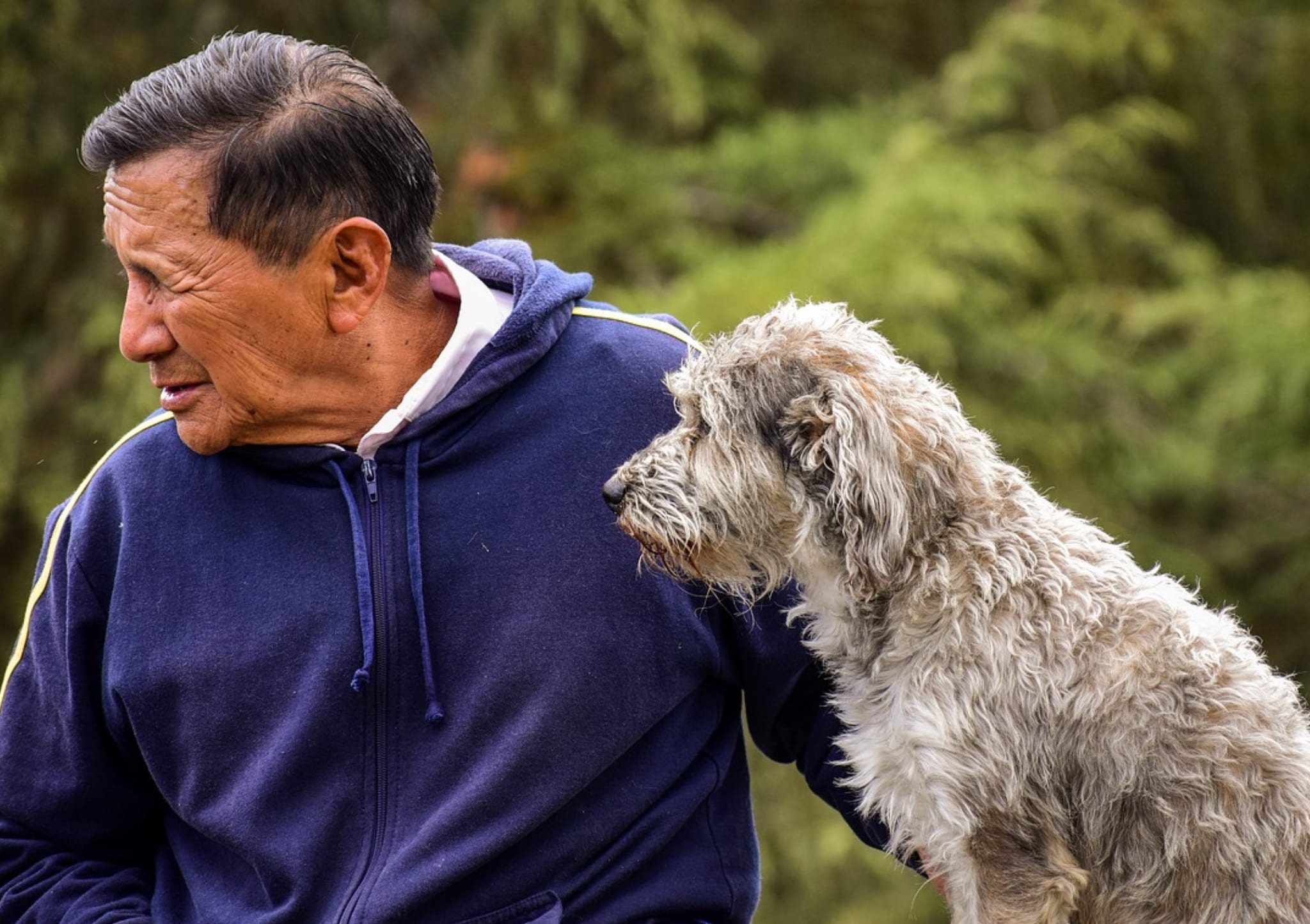There is a giant swath of floating garbage (we’re talking twice the size of Texas) in the Pacific called the Great Pacific Garbage Patch. Thousands of tons of plastic debris is brought together by swirling ocean currents and kept in place by those same forces.
Aside: Is this where Garbage Pail Kids are born? We need to investigate.
Plastic and other trash, like discarded fishing nets, pose large and often deadly issues for marine life, a sad fact that has convinced scientists and conservationists that we need to fix the problem.
Now, there may be an answer.
The Guardian reports that the non-profit Ocean Cleanup has engineered a giant, floating device that can remove plastics safely from the water. They’ve been working on the device for seven years, but only recently put it into action with positive results.
The cleaner captures trash with a large folding arm, everything from large cartons, crates, and other fishing gear, to tiny microplastics as small as a millimeter wide. Its U-shaped barrier drops a net below the surface and, as the current moves, traps pieces of trash moving along at a good clip.
Fish, if you’re worried, are able to swim beneath it.
Ocean Cleanup founder and CEO Boyan Slat confirmed at a press conference that the invention is “catching plastics,” and tweeted out a picture of all of the collected debris.
“Our ocean cleanup system is now finally catching plastic, from one-ton ghost nets to tiny microplastics! Also, anyone missing a wheel?”
The process of developing the device has taken most of Boyan’s adult life – he presented the idea at a TEDx talk when he was just 18, and it has gone through many failed attempts before finally reaching this sweet success.
The team learned from the various mistakes, and they are now able to capture even more types and sizes of plastics than they first imagined. It’s easy to pick up on their excitement in this statement:
“Our team has remained steadfast in its determination to solve immense technical challenges to arrive at this point. Though we still have much more work to do, I am eternally grateful for the team’s commitment and dedication to the mission and look forward to continuing to the next phase of development.”
Ocean Cleanup is going to start improving their device based on what they learned during this exercise, including work on a full-scale cleanup device that can endure tough conditions and have enough space to store large amounts of collected plastics while at sea.
Good people going good work. May there be more of them coming up through the ranks.
The post Take a Look at This Giant Ocean Cleaning Device That Removes Plastic Waste from the Water appeared first on UberFacts.
 Seit 2016 wird das System immer wieder in unterschiedlichen Meeren getestet. Zunächst in der Nordsee und seit 2017 auch vor der kalifornischen Küste. Die gesammelten Informationen und Erfahrungen halfen The Ocean Cleanup weiterzuentwickeln und zu verbessern. 2018 startete endlich das große Sammelsystem, welches 2019 erneut verbessert wurde und nun erfolgreich Plastikmüll sammelt! Sollten die Ergebnisse weiterhin positiv bleiben wird das System an weiteren Orten der Welt eingesetzt. Übrigens ist das System für Fische ungefährlich, da diese einfach darunter hindurch schwimmen können.
Seit 2016 wird das System immer wieder in unterschiedlichen Meeren getestet. Zunächst in der Nordsee und seit 2017 auch vor der kalifornischen Küste. Die gesammelten Informationen und Erfahrungen halfen The Ocean Cleanup weiterzuentwickeln und zu verbessern. 2018 startete endlich das große Sammelsystem, welches 2019 erneut verbessert wurde und nun erfolgreich Plastikmüll sammelt! Sollten die Ergebnisse weiterhin positiv bleiben wird das System an weiteren Orten der Welt eingesetzt. Übrigens ist das System für Fische ungefährlich, da diese einfach darunter hindurch schwimmen können.  Folge uns für aktuelle Infos und Trends zur Plastikvermeidung
Folge uns für aktuelle Infos und Trends zur Plastikvermeidung  Quelle: https://theoceancleanup.com
Quelle: https://theoceancleanup.com  #theoceancleanup #oceancleanup #oceancleanupproject #müllsammeln #müllsammelaktion #plastikfrei #plastikvermeiden #plastiksammeln
#theoceancleanup #oceancleanup #oceancleanupproject #müllsammeln #müllsammelaktion #plastikfrei #plastikvermeiden #plastiksammeln



 (@scottrosefishing)
(@scottrosefishing)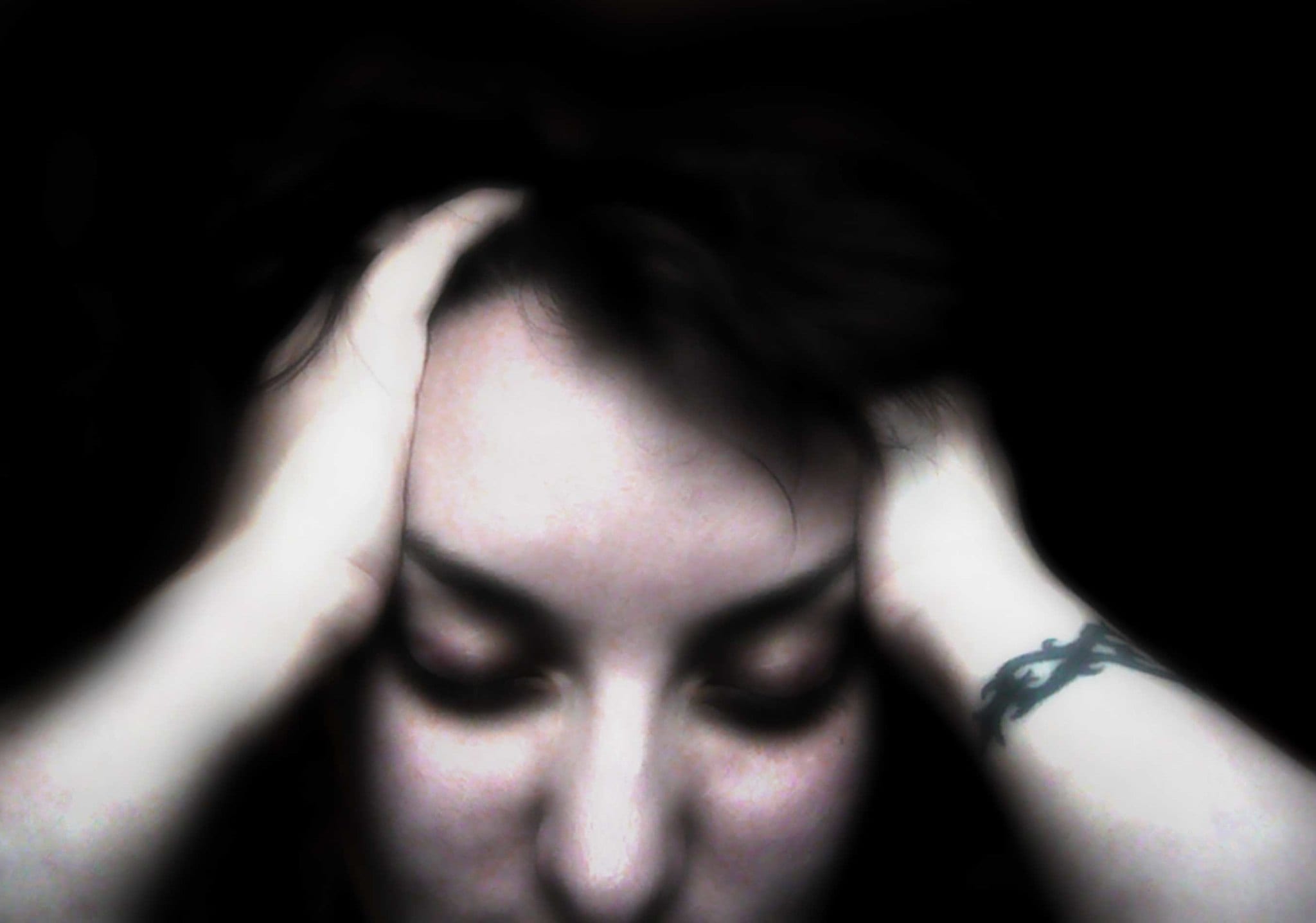


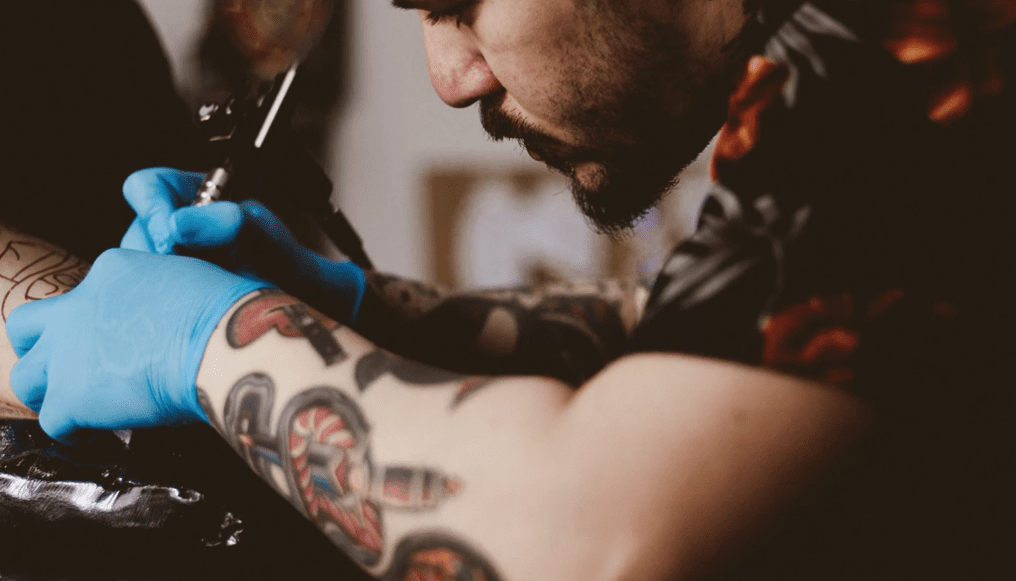

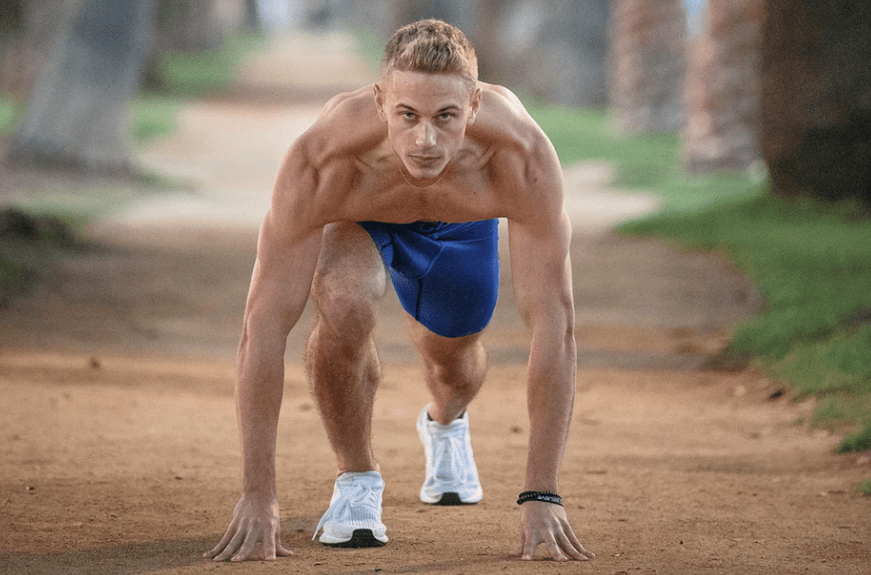
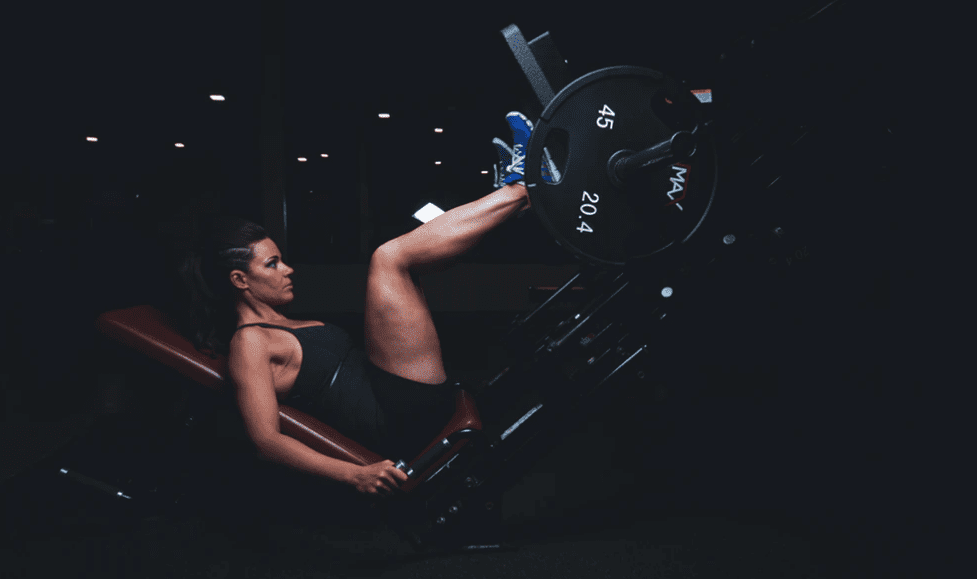
 The "blackest black" can make a 16.78-carat yellow diamond completely “disappear."
The "blackest black" can make a 16.78-carat yellow diamond completely “disappear."

